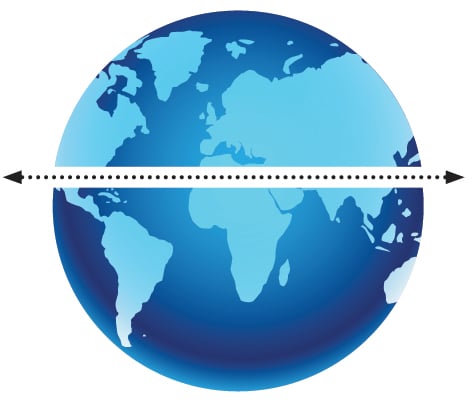The Early Religious History of France: An Introduction for Church Planters and Missionaries
by David R. Dunaetz
Martel Press, 142 Principia Ct., Claremont, CA 91711, 150 pages, 2012, nprice.
—Reviewed by Edward Smither, professor, Intercultural Studies, Columbia International University; author, Brazilian Evangelical Missions in the Arab World.
Should we read history missiologically, and can that historical reflection help mission practice today? David Dunaetz attempts to answer yes to those questions in writing this new book. Dunaetz’s aim is to offer an overview of the first one thousand years of Christianity in France, especially for those with a superficial knowledge of French church history. His primary audience is the missionary community from North America and his goals are to equip them with a greater understanding of French church history to aid them in more effective church planting in France (pp. 1-4).
Following a brief introduction, Dunaetz’s work is organized in six chapters. In the first five, particular periods are broken down, including the pre-Christian era to the second century (chap. 1); the second and third-century Church (chap. 2); the fourth-century Church and official Roman recognition of Christianity (chap. 3); the Church in the fifth to seventh centuries (chap. 4); and the Carolingian period from the eighth to tenth centuries (chap. 5). In chapter 6, Dunaetz provides a brief overview of French church history from 1000 AD to the present day. Except for the final chapter, his practice is to narrate key historical elements from that period and then discuss their missiological applications for today.
This book has a couple of weaknesses. First, with only twenty works cited, The Early Religious History of France seems to be lacking in source materials for a robust historical study. Related, chapters 1 and 2 could have benefited from a stronger historical foundation before any missiological reflection was attempted. Finally, although chapters 3-5 have a stronger historical foundation, I consistently struggled to see the author’s warrant to jump from historical data to missiological application without the best historical foundation. While I applaud Dunaetz’s missiological reading of history that seeks to inform how we approach mission today, this seems to be the biggest weakness in the book.
In terms of positive highlights, Dunaetz does a helpful job of introducing the reader to key church leaders and theologians (e.g., Martin of Tours, Hilary of Poitiers, and Vincent of Lerins), as well as political leaders (e.g., Clovis, Pepin, Charles Martel, and Charlamagne). Culturally speaking, Dunaetz aids the reader in understanding the differences between the Gallican peoples, the Franks, and the Goths—all within the mosaic of the Roman Empire. Finally, in terms of style, the work is well written and accessible to benefit a broad audience of readers.
Although not an in-depth historical work, Dunaetz’s book should serve Christian workers in France (from the whole Global Church) to grasp some key points in French church history toward better understanding the French and planting churches among them.
Check these titles:
Bosch, David J. 1991, 2011. Transforming Mission: Paradigm Shifts in Theology of Mission. Maryknoll, N.Y.: Orbis.
Ferguson, Everett. 2005. Church History, Volume One: From Christ to Pre-Reformation: The Rise and Growth of the Church in Its Cultural, Intellectual, and Political Context. Grand Rapids, Mich.: Zondervan.
Neill, Stephen. 1991. A History of Christian Missions. London: Penguin.
…
EMQ, Vol. 49, No. 2, pp. 244-246. Copyright © 2013 Evangelism and Missions Information Service (EMIS). All rights reserved. Not to be reproduced or copied in any form without written permission from EMIS.

